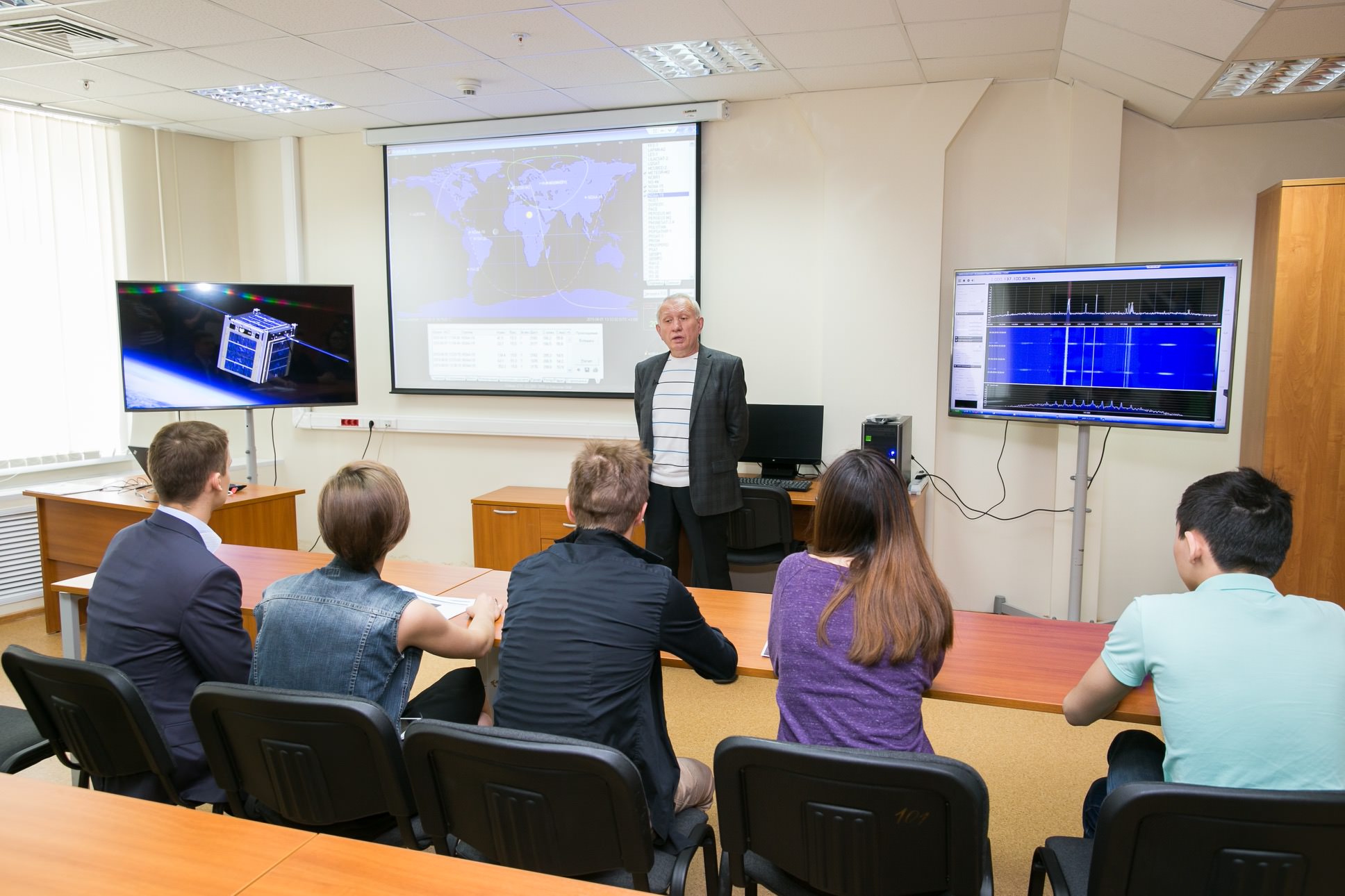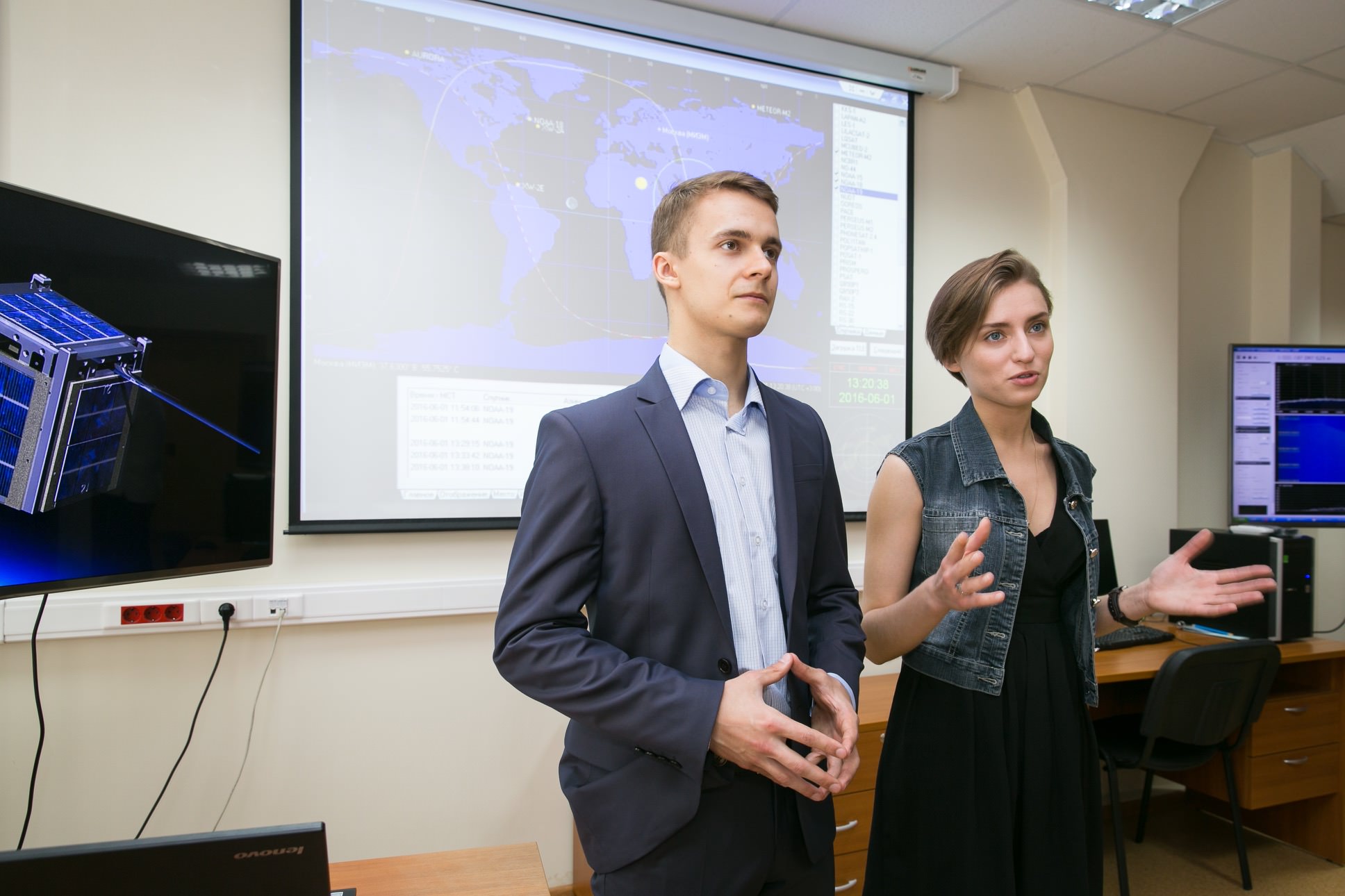- A
- A
- A
- АБB
- АБB
- АБB
- А
- А
- А
- А
- А
Wireless Networks and Information Transfer
Evgeny Kucheryavy (right)
Evgeny Kucheryavy is a Professor at the School of Electronic Engineering (HSE MIEM)
Why are wireless networks important?
Wireless communication is the pillar of future development of IT, as almost all devices today are wireless – mobile phones, cars, laptops, headphones, etc. With this huge number of devices that we already have, and their number continues to grow, it is not so easy to make them work simultaneously and provide services that end users want to have. Wi-Fi has already reached commodity status, just like clear water and electricity. Without it – if we are bound to something with wire-no services can be provided. We would not have entertainment centres in our cars or watches with our health stats. Without wireless communication, we would be nobody in terms of the next step in human development.

What kind of research do you conduct at MIEM?
My focus is the effective operation of wireless channels and transmission systems in general. Our main task is to ensure that large amounts of data, which is consumed by a huge number of new and old devices, can coexist throughout wireless channels and be easily sent and received by end-users. Consumers now include not only people but also industries, which have historically had a great number of super-expensive automation systems - both in development and deployment. For example, there is this trend with the ‘Internet of Things’, moving towards the replacement of large numbers of wire sensors by wireless sensors. With respect to production processes – if wireless sensors fail to work properly and there is late delivery or loss of some data – this might bring conveyors to a halt, the downtime of which can cost millions of dollars. This also concerns data security, but this is the expertise of my other colleagues at MIEM.
The research we do is both theoretical and practical, depending on the project we are working on. There are academic projects sponsored by funds that require theoretical knowledge on how new solutions and technological improvements affect the Internet of Things (e.g. whether a new channel for data transmission is energy efficient). We also carry out mathematical modelling and identify variables. Then, we approach developers and help them figure out how products they want to bring to market in a few years will actually work. New protocols and technologies can further be applied to physical prototypes, tested, refined in terms of algorithms and adjusted to needed parameters. We do R&D work for companies (vendors, equipment manufacturers, etc.,) that ideally leads to the creation of new equipment. Sometimes, these developed technologies can be commercialized as separate products.

What are your plans for the upcoming academic year?
Writing and publishing articles together with my students. A good strategy is to write a scientific paper with a student and teach them the process through editing the work. This can be rewarding later when students start writing articles by themselves. This year, our goal is to publish three to four Q1 articles. It is important to work with students; otherwise, there will be no team, no accomplishments, no success. Another goal is to work on industry projects, which is crucial for an applied area like ours. A large number of state-sponsored projects are being implemented at the moment, and this is quite a positive development in recent years. Moreover, this absolutely fits into the principle of project-based learning adopted by HSE University.